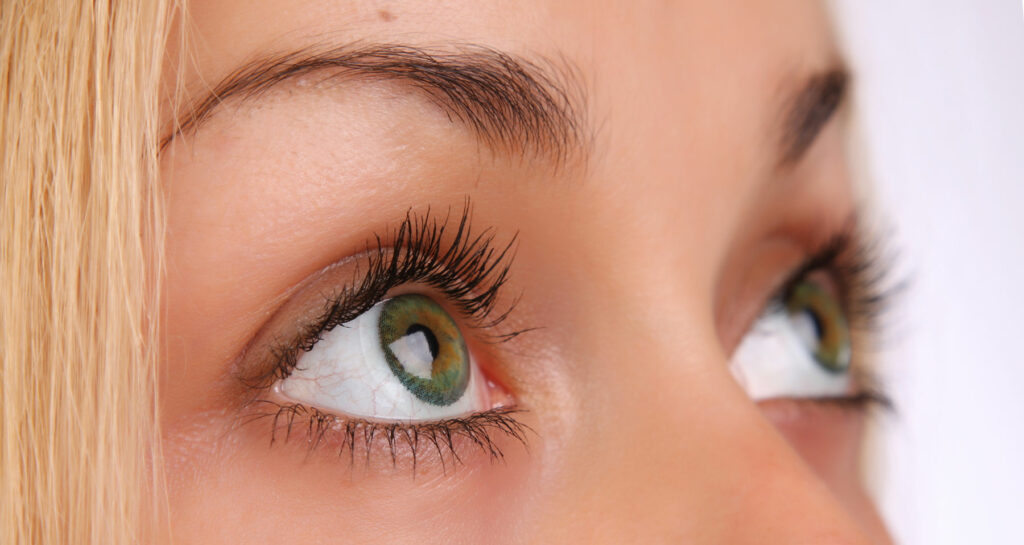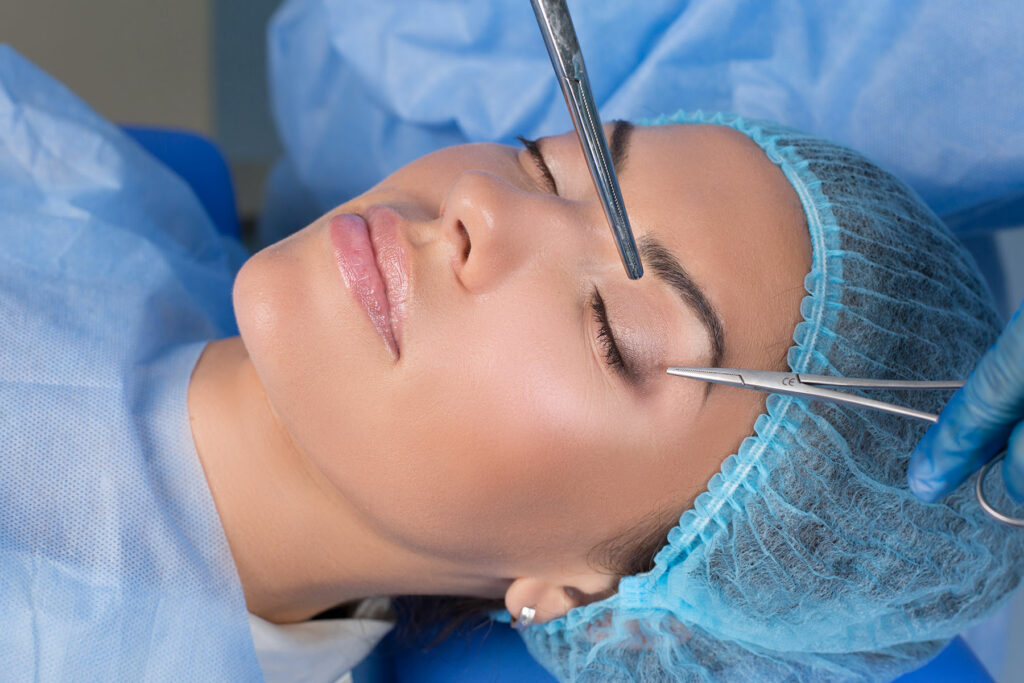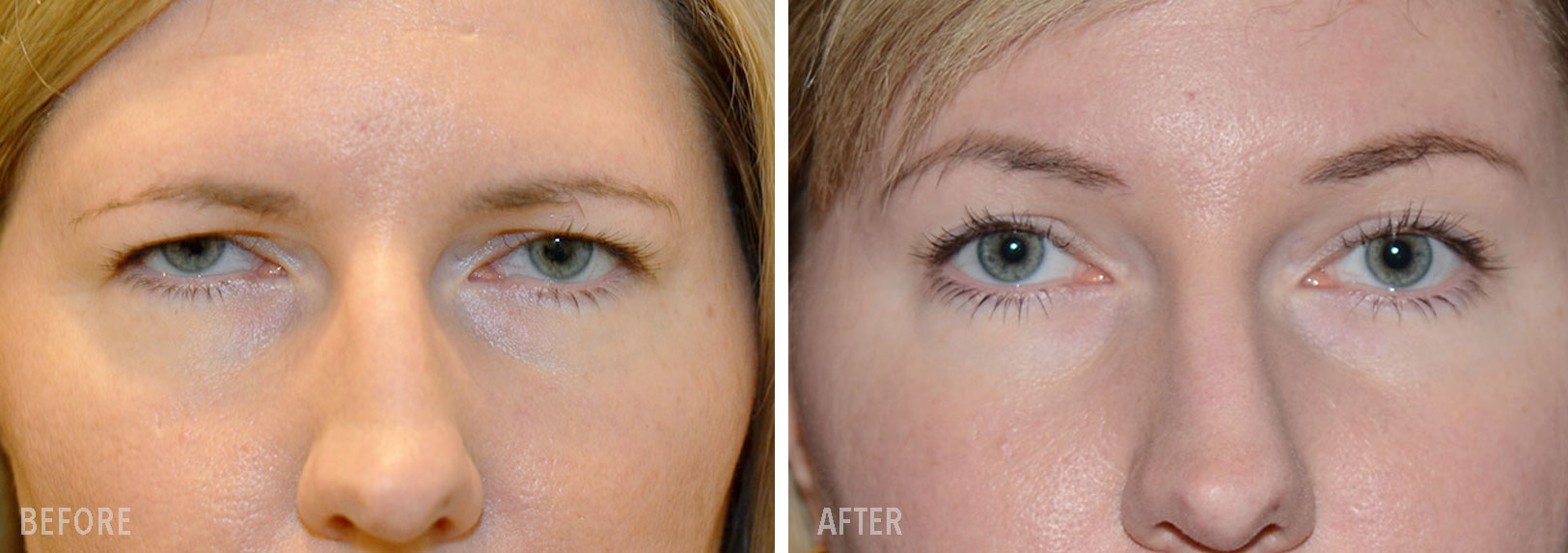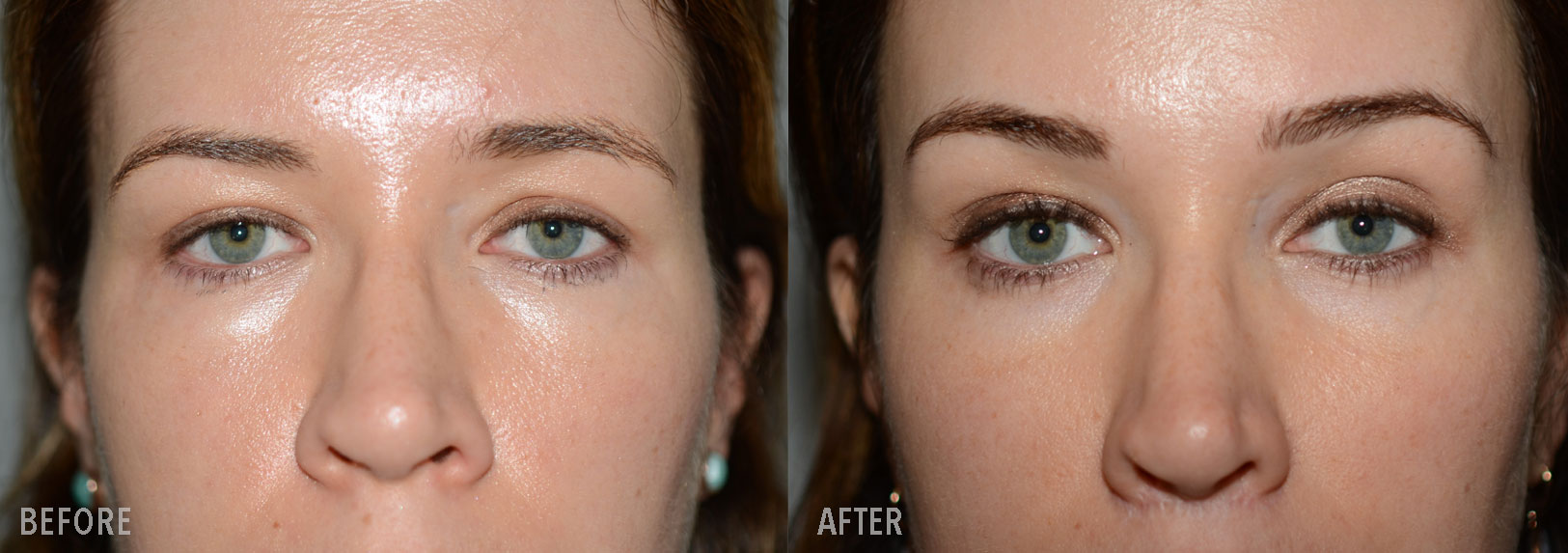
All About Brow and Forehead Lift Surgery
As we age, many of us will experience drooping brows, and horizontal lines and furrows in the forehead. These can be caused by any number of factors from environmental to skin care to the natural contractions of facial muscles. These natural and common signs of aging can have the effect of making one look perpetually angry, sad, or tired, sometimes making it difficult to convey intended messages. When your face is, as they say, the “money maker,” this can have less than desirable results.
Luckily, with modern advancements in plastic surgery, there are options available for those experiencing these symptoms of age who are looking for facial rejuvenation without undergoing a complete facelift. One of these viable options is brow or forehead lift surgery.
What is brow lift surgery?
Brow lift surgery, also known as a forehead lift, is a procedure in which the skin on the forehead is raised, thus smoothing out creases and lines, correcting drooping brows and improving frown lines. The eyebrows are raised slightly, creating an aesthetically pleasing lateral arch, and resulting in a more alert and awake appearance. Brow lifts are often done in conjunction with blepharoplasty (upper eyelid surgery) and face lifts, though can also be done as stand alone procedures.
As the position of the eyebrows change with age, crowding can occur and droopy skin can interfere with vision, therefore brow lift surgery is not only cosmetically beneficial, but can also be helpful for those whose vision has been hindered by eyebrow ptosis.
How is brow lift surgery done?
There are several types of eyebrow and forehead lifts. The type you and your surgeon choose will depend on your current eyebrow position, hairline, facial structure, and beauty goals.

The Pretrichial (Hairline) Brow/Forehead Lift
A pretrichial brow lift is Dr. Amadi’s preferred technique due to its longevity and versatility: it can provide more dramatic results if desired, allows for better opportunity to improve asymmetry, and not only preserves the natural position of the hairline, but can also provide an opportunity to lower the hairline while shortening the height of the forehead, if needed. This surgical approach is performed by making an incision a few millimeters behind the hairline. The skin and muscles of the forehead are then lifted upward and a strip of skin and underlying tissue is removed at the incision. After fully healed, the incision scar will be virtually undetectable, as the incision is made in a way that preserves hair follicles to insure hair growth along the scar. This type of brow lift is best suited to those with high foreheads as the result is a shortening of the upper third of the face.
Endoscopic Brow/Forehead Lift
Another popular method of brow lift, the endoscopic brow lift, is done by making five small incisions just behind the hairline. An endoscope (camera) is inserted in one of the incisions while a surgical instrument is inserted in another and is used to pull, tighten and secure the underlying tissue with sutures, screws or staples. Because the incisions are made behind the hairline, scars will be virtually invisible.
An endoscopic brow lift can smooth out the entire forehead while lifting the eyebrow area which “opens up” the entire upper face. Eyebrow shape and asymmetry can be addressed with this type of lift, but not as predictably as with the trichophytic brow lift. This procedure can lift the eyebrows quite nicely, but an unwanted side effect is raising of the hairline which is why Dr. Amadi is very judicious with patient selection for this technique: he does not recommend this technique for patients with a long forehead (high hairline). This type of lift may also not be ideal with someone with severe brow descent or heavy skin, and may not be as long lasting as the pretrichial method.
The Coronal Brow Lift
A coronal brow lift is similar to the pretrichial lift, except the incision is made from ear to ear, much higher, at the crown of the head. The coronal lift was developed in the 1980’s but has since become less common with modern advancements in plastic surgery. The scar from a coronal lift will also be easily masked as the incision is made well into the hair, but more than any other brow lift technique, the coronal brow lift will raise the hairline and make the forehead look larger. For this reason, Dr. Amadi does not utilize this technique.
Temporal Brow Lift
As the name suggests, the temporal brow lift is made in the temple region, just 1-2 cm behind the temporal hairline to hide the incision. This is a less invasive brow lifting technique that only addresses the outer aspect of the eyebrows to create a nice arch and improve the lateral hooding of the eyes. It is often done in combination with eyelid surgery (brow lifting) under local anesthesia to open up the eyes and improve the arch of the eyebrow.
The downside of this technique is that it doesn’t give as long lasting results as the trichophytic approach, but has the benefit of being less invasive and can be done under local anesthesia with an undetectable scar which is hidden by hair completely.
The Mid-forehead or Direct Brow Lift
Also known as a “gull wing” lift, this type of brow lift is done by making two incisions just above the eyebrows and removing a section of skin from the forehead. This procedure is best suited for those with severe forehead wrinkles that hide the incision scar and for patients with a thinning hairline, insufficient for other types of lifts. After the ellipse of skin is removed from above the eyebrows or mid forehead, the incision is closed in multiple layers to ensure minimal scar visibility; this results in raising the eyebrows, smoothing out skin and and slightly shortening the forehead. This type of lift is also excellent at addressing brow shape and symmetry. The drawback is a scar, which although well positioned in skin creases, can take several weeks/months to fade.
How long does a brow lift take?
Trichophytic (Hairline) and endoscopic brow lifts are done under general anesthetic and take about two hours. Because they are less invasive, temporal brow lifts and mid-forehead/direct brow lifts can be done under local anesthetic in about 1 hour. After your procedure, you will be unable to drive so should arrange a ride and you should not be left alone for 24 hours in case of adverse reaction.

What can I expect during Recovery?
Recovery from a brow lift can vary from patient to patient, relying on a number of factors (i.e. health, the speed at which an individual heals, what type of lift the patient had etc.) however, most patients experience some bruising and swelling post operation and are able to return to a mostly normal routine in one to two weeks.
It is recommended that you refrain from exercise or strenuous activity for at least three weeks. Your doctor may prescribe something for pain, but after a couple of days, you should be able to manage with over-the-counter medication. Rarely, and usually in combination with forehead reduction, patients may have a drain inserted at the incision site to help mitigate excess fluid, this will usually be removed one day post surgery, and your sutures usually after one week. Depending on what type of lift you had, your doctor will instruct you to keep the bandage on for a few days to a week.
As with any type of surgery, the less invasive the quicker the recovery.
When will I see results?
You will notice a change immediately following surgery and for the first few weeks you may look a little surprised, however, the eyebrows will settle into a more natural position as healing progresses and the swelling subsides. Swelling can take a few weeks and up to six months to go down completely and your final results will continue to develop over this time.

How long will my results last?
Because aging is a continuous process, results from a brow lift will not be permanent, but they will be long-lasting. On average, results last between 10-12 years with trichophytic brow lifts and 5-10 years for endoscopic brow lifts, and 3-5 years with temporal brow lifts, with some patients enjoying longer results. In order to prolong the results of your procedure and to slow down the effects of aging, it is recommended that you always wear SPF, use proper skin care and periodically have cosmetic treatments such as chemical peels, microneedling and Ultherapy to stimulate collagen growth and freshen up your skin.
Brow Lift Surgery Before and After:


// See Brow and Forehead Lift Before and After Gallery
Who is a candidate for a brow lift?
Candidates for brow lift surgery can be healthy persons of any age, as some conditions addressed by the procedure are not age related but are genetic, such as low, heavy brow or furrowed lines above the nose.
If you have one or more of the following conditions present, you could be a candidate for a brow or forehead lift:
- Visible furrows between the brows
- Moderate to severe frown lines causing an “angry” appearance
- Droopy brows
- A consistently weary or tired appearance
- Heavy upper lids
- Deep horizontal forehead lines
- Sagging brows that cause vision obstruction
It is also important to enter into any kind of cosmetic surgery with a clear, healthy mindset, and realistic, attainable goals. At your consultation, Dr Amadi will cover all possible outcomes with you and design a plan tailor made for you with your goals in mind.
If you are a smoker, it is recommended that you quit before having surgery, as smoking decreases blood flow and can slow healing. You will need to stop taking certain medications prior to surgery such as aspirin and anti-inflammatories. If you suffer from lagophthalmos, the inability to completely close your eyes, then a brow or forehead lift may not be for you.
It is always very important to be completely honest with your doctor about your medical history, as there are many medical conditions and medications that can affect or prohibit candidacy.
Risks and complications of brow lift surgery
With modern advancements in cosmetic surgery risks and complications are minimal and becoming more rare. However, they do exist and include:
- Temporary or permanent loss of sensation in the scalp
- Temporary or permanent facial asymmetry
- Elevated hairline and, rarely, possible hairloss at site of incision
- Skin loss (necrosis)
- Scarring
- Trouble healing
- Rare risk of deep venous thrombosis (blood clots)
- Facial nerve injury; numbness or paralysis
Alternatives to brow lift surgery:
Though they will never deliver the same results or take the place of surgery, there are non-surgical options to brow or forehead lifts available; these include Botox and Accutite RF treatment. Botox relaxes the muscles in the face and raises eyebrows via injection. The results of what is sometimes referred to as a “Botox Brow lift” only last a few months, but this is an option for someone who is unsure whether or not to go through with surgery to test drive what their results may look like.
Conclusion
Almost everyone will experience undesirable effects of aging but thankfully there are solutions to these conditions, to helpy you age gracefully. At Amadi Aesthetics, we have a fully trained competent staff, led by Dr Amadi, who are eager to assist you in reaching your full beauty potential.
Book a consultation today to learn how we can help you put your best face forward.
Amadi Plastic Surgery
Lorem ipsum dolor sit amet, consectetur adipiscing elit. In nec erat in nibh pellentesque vestibulum eget eu massa. Lorem ipsum dolor sit amet,